An Art-Full AcadianArtists Dale and Pam Simmons's combined creative vision allowed them to see the possibilities in this Waveland fixer-upper, now a welcoming home and studio. - story by Ellis Anderson, photos by Ellis Anderson and Pam Simmons
Decades later, the fixer-upper impulse struck again. The couple, now in their fifties, spotted a shabby house on Jeff Davis Avenue in Waveland, where they’d been renting for the winter. A hand-lettered sign out front declared it to be for sale. They were pretty sure the house was an original Acadian cottage, although its deteriorating condition made it hard to tell. The only thing the Simmons were sure of was that they could drastically improve it. They took ownership of the “project” in 2001. At first, the Simmons had to wear gas masks walking in their new home. It had been abandoned for seven years with all the furniture inside, which hosted thriving colonies of mold. The acoustic tile ceilings had caved in. Rotting shag carpet covered plywood floors. “We can do this,” said Pam. “Let’s get out the bleach.” The Simmons's house now The can-do spirit had been instilled early on in both Pam and Dale. Pam grew up in Baldwin, in rural Lake County, Michigan. With 156 lakes and 46 streams in the county, it’s been a popular vacation spot for over a hundred years. In the early 1900s, Lake County became home to one of the first African American resorts in the country, becoming world-famous and attracting luminaries like Louis Armstrong. Dale’s early years were spent in West Virginia, where his dad worked as a coal miner. He was only 13 when his father was killed in a mining accident. His mother moved the family to Holland, Michigan, to be closer to an uncle. After a stint in the army after high school, Dale began studying the relatively new field of Environmental Science at Grand Valley State University, in Allendale, Michigan. Friends introduced him to a young art student named Pam. In the mid-70s, Grand Valley had a reputation for teaching sustainable practices. Students were given hands-on lessons growing food, recycling, self-sufficiency and community service. By the time the Simmons graduated and married, they were prepared to tackle a lifetime of house projects. Dale’s first job after college was working for the Forest Service, which included fighting forest fires. Pam worked alongside of him at times, often one of the few women firefighters in the camps. They both joke that Dale’s later love of Raku pottery – an ancient technique that requires dramatic open flame firings - goes back to those early years on the fireline. The lion’s share of Dale’s job description however, was managing a seasonal Lake Michigan campground, part of a U.S. recreation area. After three years, in the early 80s, the Simmons began leasing the facility. Meanwhile, the couple had begun building their dream log cabin nearby, just a half-mile from where Pam had grown up. They purchased 350 still growing trees for one dollar each and that winter, took a snowmobile into the woods to fell them. In spring, they hauled the logs out and had them milled. Pam handled the debarking. Together, they placed all the logs of the 1100 square foot house (except one enormous crossbeam), without any special equipment. Between working and building a home, somehow Dale also found time to explore his artistic leanings. He began taking pottery lessons at a community college and wound up as the teacher’s assistant. “Right off the bat,” Pam began decorating the raw clay pieces he had thrown. The two soon discovered that combining their talents produced pottery that was unlike any they had ever seen before. For the next thirteen years, the couple lived a duel life. In the warm weather months, they spent their days managing the campground and occasionally showing Pam’s watercolors and their unique pottery at nearby art fairs. The winter months were dedicated to creating their art and traveling, mostly in Central America. The Simmons spent time in Trinidad, Mexico, the Dominican Republic, Costa Rica, Honduras and even ranged as far south as Ecuador. “We did adventure travel before it was called that,” quips Dale. They eventually gave up the campground business and spent their summers selling their artwork at fairs and running a small gallery they owned in Pam’s hometown. When making plans for one winter, Pam came across a book called “The 100 Best Art Towns in America.” Bay St. Louis had made the grade and the Simmons were intrigued. They wanted to continue their snowbird lifestyle, but not travel so far afield in the winter. The first year, they checked out the Mississippi coast on their way to Mexico. They met Ruth Thompson at her Court Street cakery and loved the fact she sold pottery as well as baked goods. They also met local potters Brian Nettles and Regan Carney. I clearly remember meeting Pam and Dale on that scouting trip. I owned a crafts gallery on Main Street, called Quarter Moon, at the time home. I also remember loving their energy and hoping they’d return for good. The Simmons left the area feeling encouraged that they may have found a permanent Southern home. The following year they rented a house in Waveland and the hunt began for a fixer-upper. “Famous last words,” says Dale. The Simmons will be showing their work during Arts Alive! on March 18th in Old Town Bay St. Louis. They’ll be located at the “Pottery Village” at Bay Emporium, 112 South Second Street. They also show monthly at the Arts Market at Palmer Park in New Orleans. In north Mississippi, their work can be found at Faraway Places, the Iuka gallery owned by writer Rheta Grimsley Johnson. The Simmons can also be contacted through [email protected] or 231-745-3704. The next winter, having purchased 300 Jeff Davis, they began the renovation of their new cottage, while living in a camper at Buccaneer State Park. Pam and Dale finished the basic remodel over the course of several years, making exciting discoveries along the way. They found out that the house was probably built in 1905 as a “modern Acadian.” Beneath the dry wall and tiled ceiling, the rooms were lined with heart pine bead board. Under the moldy carpet and plywood, they found painted pine floors. They were in Michigan in August 2005. From their cabin, the Simmons followed the internet coverage of Katrina’s tragic path, understanding that Waveland had taken the brunt of the storm. Dale drove down to access the damage three weeks after. Four feet of water had invaded the house. All of their furnishings were ruined. Dale calls it “luck,” that the house hadn’t been insulated and didn’t have sheet rock walls and ceilings, so the water had flushed through. It had stripped the paint from the walls and floor, but left the basic shell intact. Artwork hanging above the four-foot level survived. The Simmons rolled up their sleeves and went to fixing up again. Today, the house exudes the same sense of serenity as the couple’s artwork. Natural light pours in through the large windows. Pam’s pastels and paintings dot the walls like smaller windows, inviting viewers into other landscapes. Her rich collage sculptures blossom from her workbench. Vases and pots the couple have created, alive with flora and fauna, are scattered through the simply furnished rooms, reflecting the couple’s back-to-nature lifestyle. Empty spaces seem right, restful. “I believe you can see things better if there’s less to see,” says Pam. “And I like the idea of cozy, intimate spaces without a lot of clutter.” Pastels, paintings and sculptures by Pam The Simmons now feel as attached to the Waveland house as they do to the cabin up north they built with their own two hands. They’ll continue splitting their time between homes for the foreseeable future. Their work travels with them. They’re on what Dale calls “the work til you die program,” and have no intention of retiring. Fortunately, they derive both vitality and satisfaction from their creative endeavors.
“We love the warmth of the people here,” Pam says. “We also love the location, between Mobile and New Orleans.” Dale agrees. “If you’re an artist, you’re thought of as being weird automatically.” He grins. “Here, I feel like I don’t stand out at all.” Comments are closed.
|
Categories
All
Archives
July 2024
|
Shoofly Magazine Partners
Our Shoofly Partners are local businesses and organizations who share our mission to enrich community life in Bay St. Louis, Waveland, Diamondhead and Pass Christian. These are limited in number to maximize visibility. Email us now to become a Shoofly Partner!

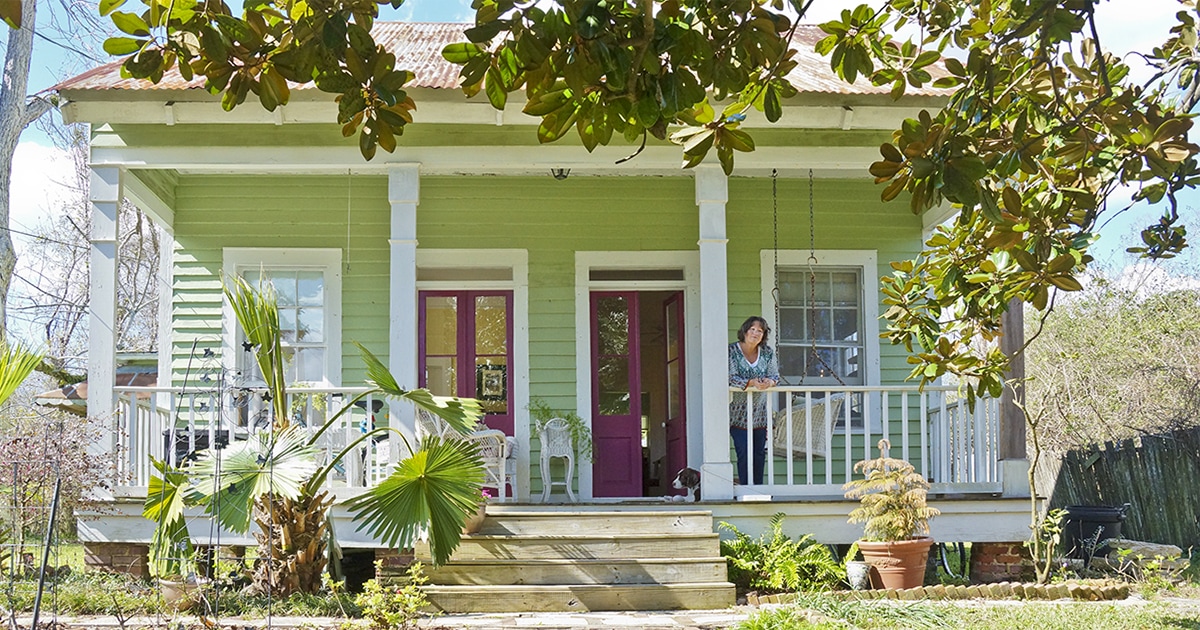

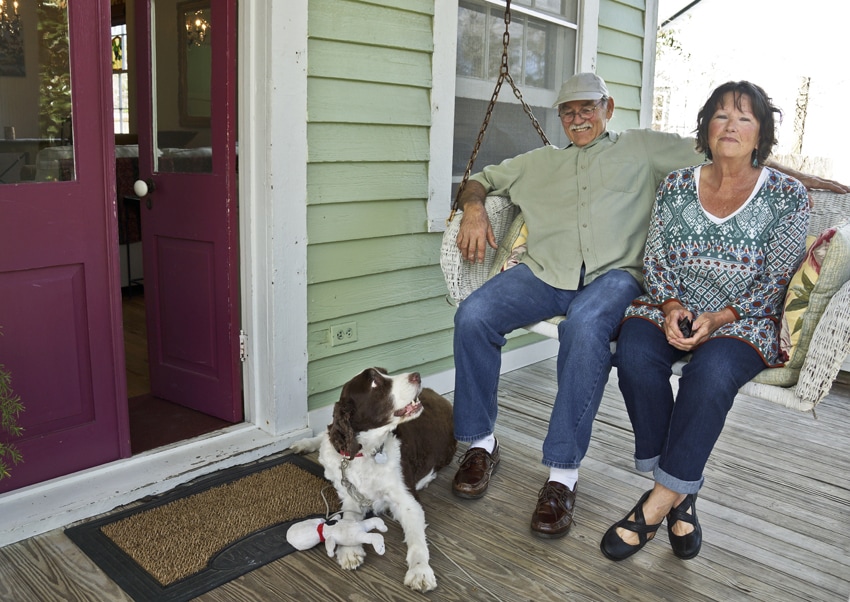
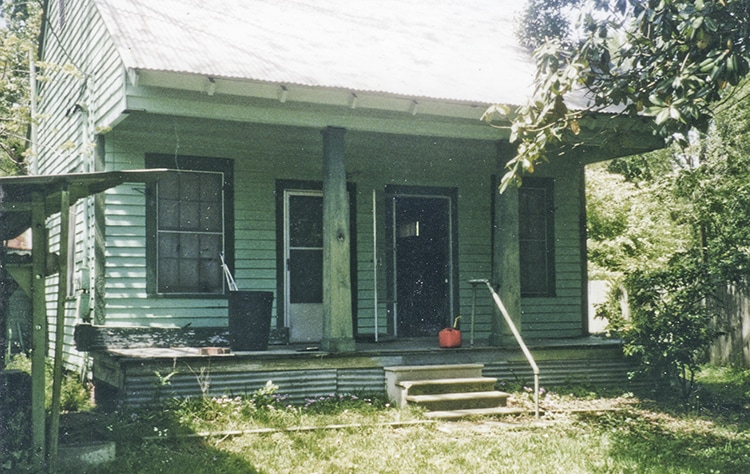
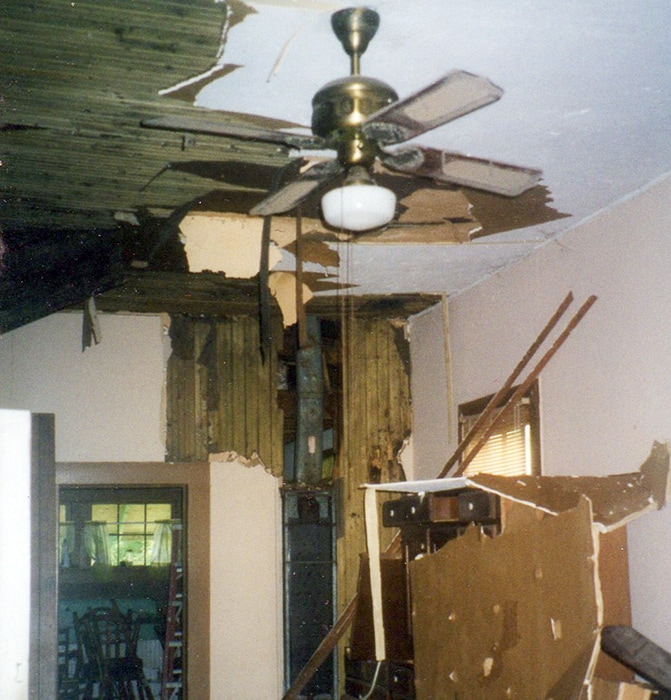
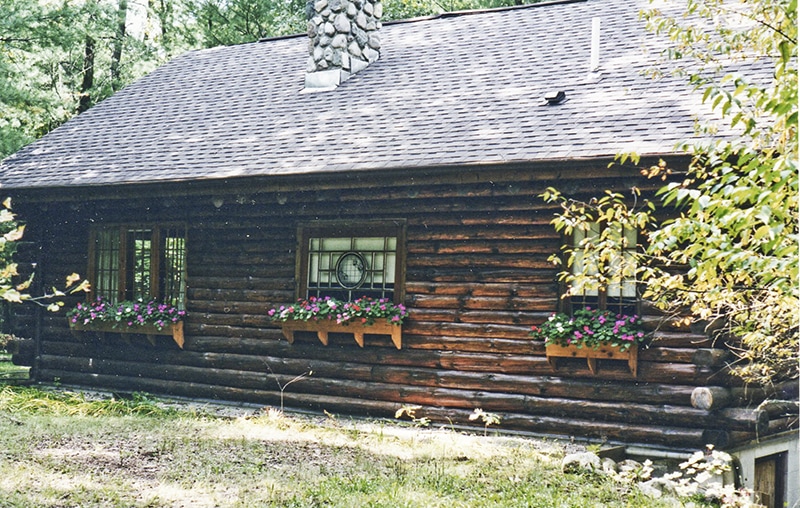
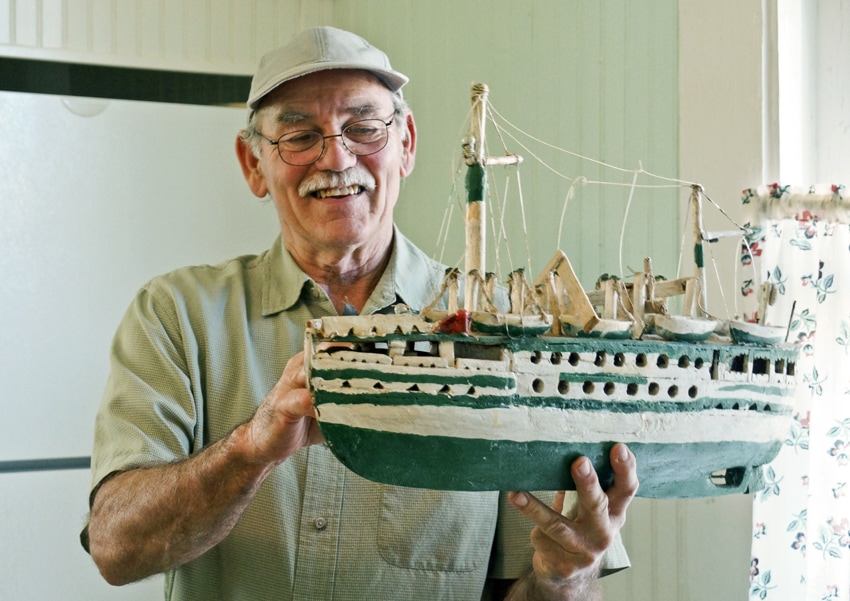
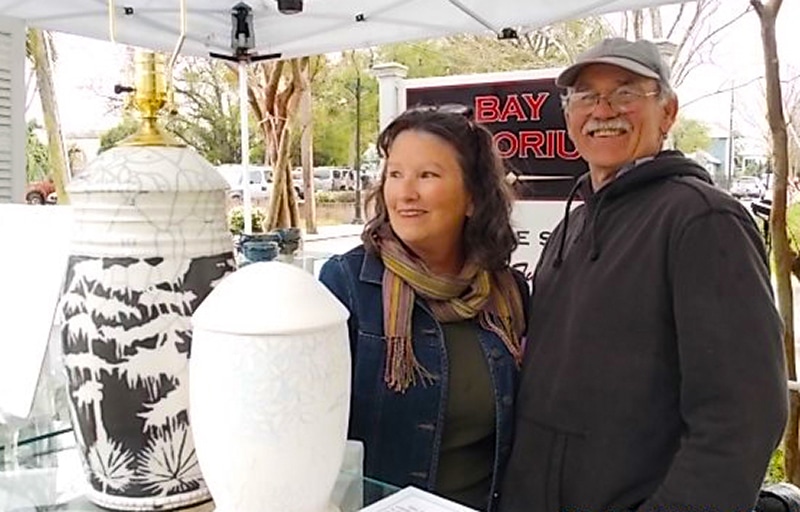
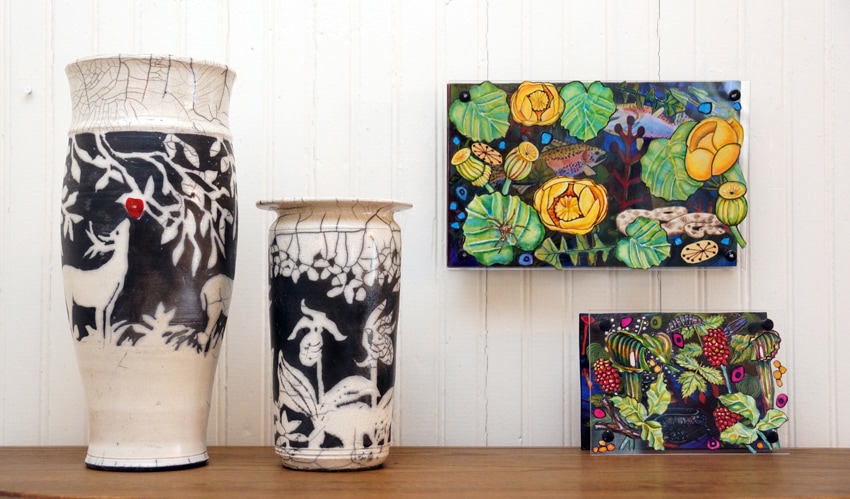
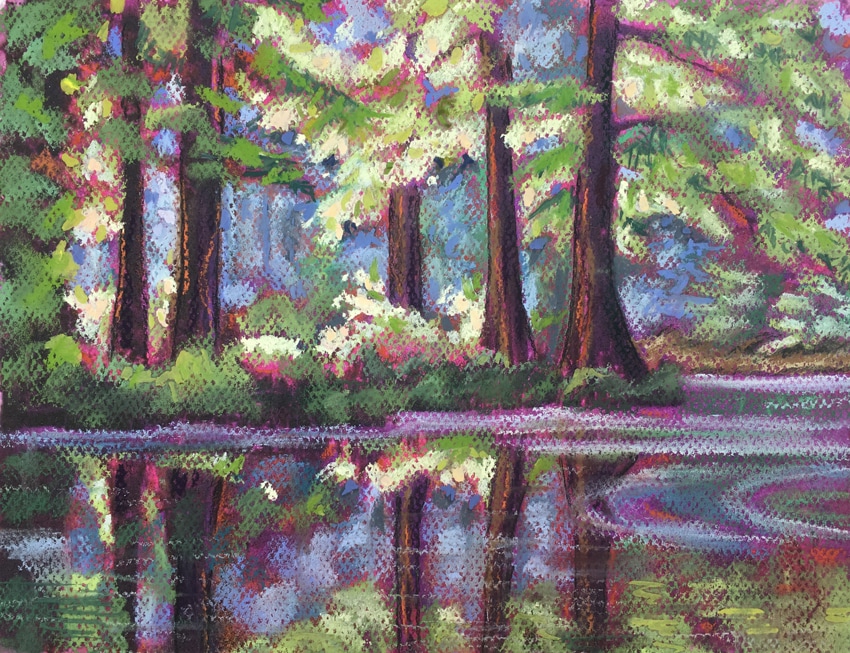
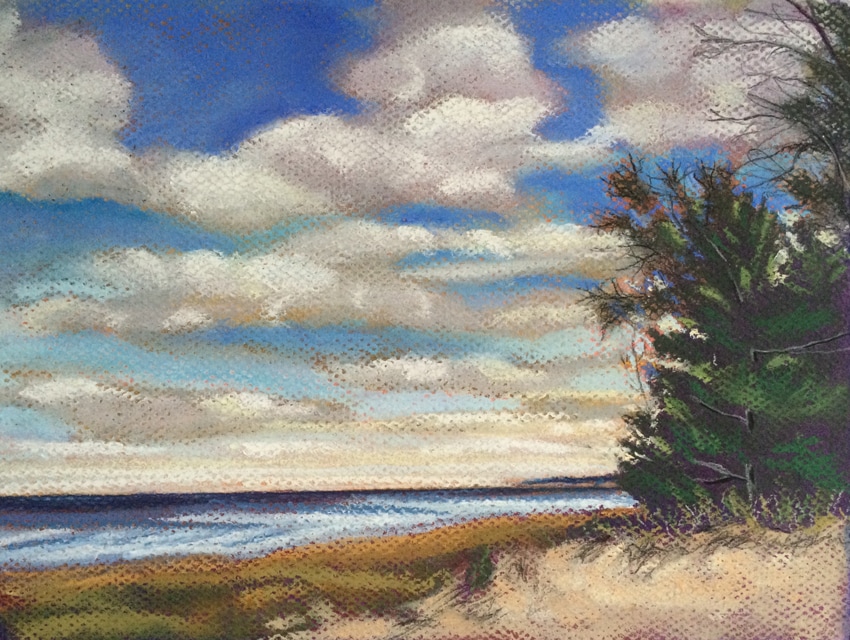

























 RSS Feed
RSS Feed























